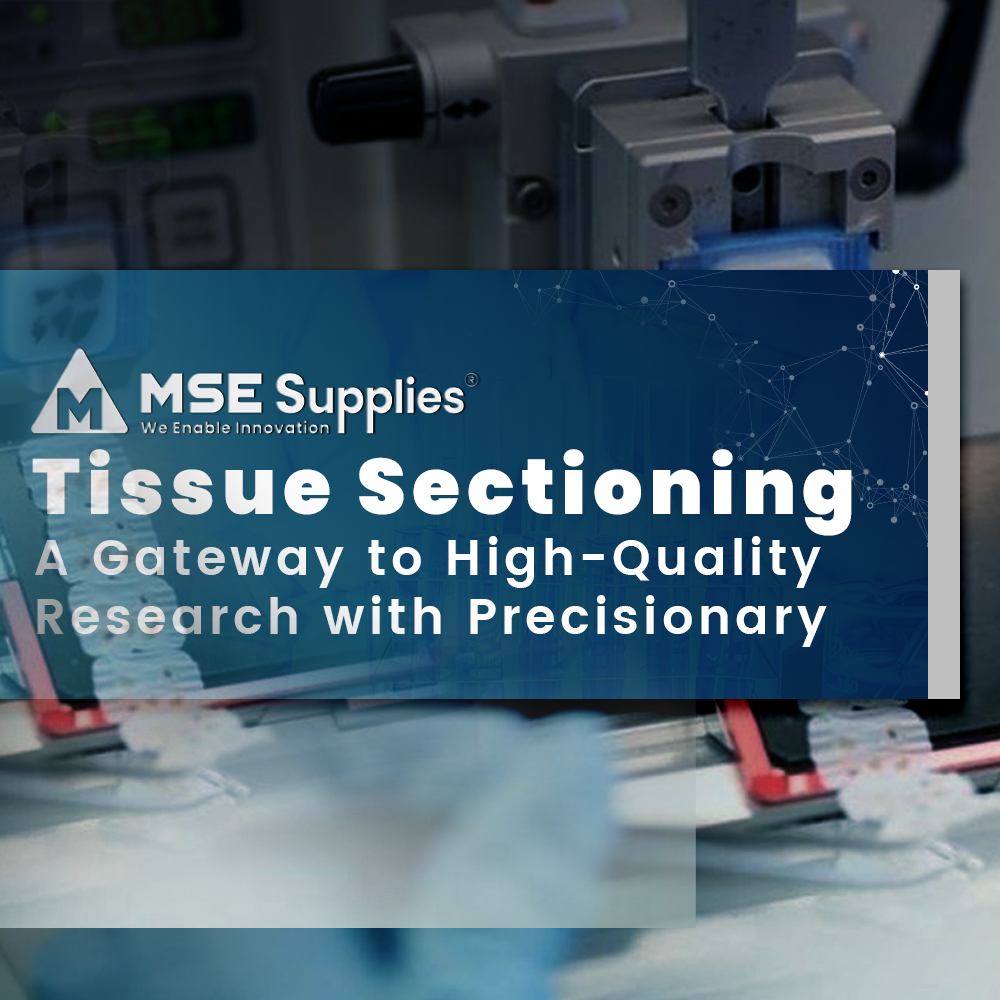The Best Method to Detect Defects in Gallium Nitride? Light
Posted by MSE Supplies Admin on
Researchers at Tohoku University have discovered a method to quickly, cost-effectively, and non-destructively detect carbon impurities in nitride-based crystals that are used in electrical and optical devices such as LEDs and transistors. Light can be used to analyze the crystals for defects through omnidirectional photoluminescence (ODPL) spectroscopy, which is a marked improvement over the current methodologies available to the semiconductor industry. ODPL illuminates the crystal, in this case gallium nitride (GaN), and is absorbed by it, exciting the electrons within. When they return to their ground state, the crystal emits light to dissipate the absorbed energy. Spectroscopy will then determine the photoluminescence efficiency of the resultant emission, since the concentration of carbon impurities in the crystal is directly proportional to the decrease in photoluminescence efficiency. Now that this technique has been created nitride-based semiconductors, and other light-emitting materials such as solar cell materials, can be analyzed for purity in a highly efficient, cost-effective, and risk-free manner.

Figure 1: Light emission and photoluminescence are essential to detecting carbon defects in gallium nitride. Source: Kazunobu Kojima.
Gallium Nitride (GaN) wafers and substrates can be found at MSE Supplies. GaN can be provided in a variety of forms, from templates on sapphire to free standing substrates to GaN high-electron-mobility transistor (HEMT) wafers on silicon, sapphire, or silicon carbide.
Transparent conductive oxides (TCO) for photovoltaic research and development can be found at MSE Supplies. The substrates offered include Indium tin oxide (ITO) on either glass or PET film, fluorine doped zinc oxide (FTO), or aluminum doped zinc oxide (AZO) glass substrates. All product can be synthesized with customer patterns or cut to custom sizes with precision glass cutters provided by MSE Supplies.
Source: https://www.tohoku.ac.jp/en/press/detecting_carbon_impurities.html
Share this post
- Tags: Industry - Chemistry, Industry - Optical & Photonics, Industry - Semiconductor, MSE Supplies - Marketing Insights & Updates, Products - Single Crystal Wafers & Substrates




